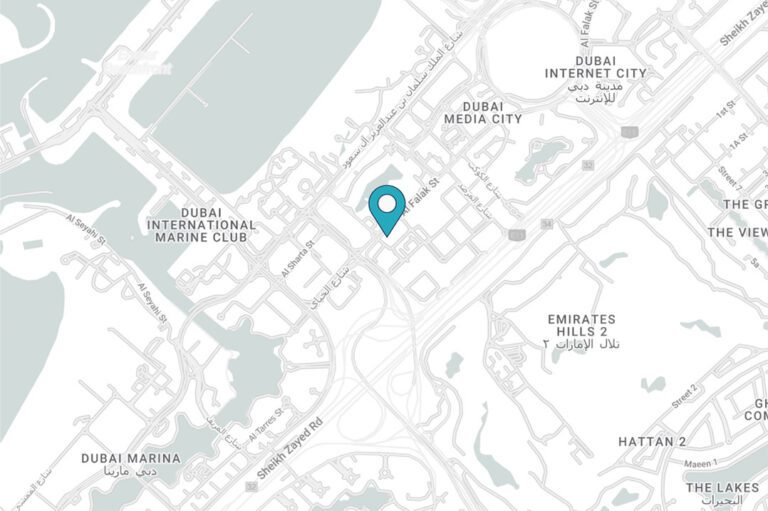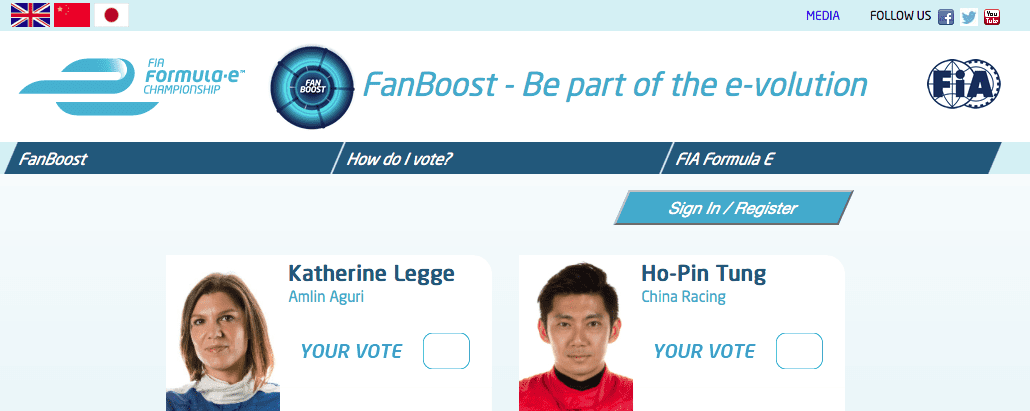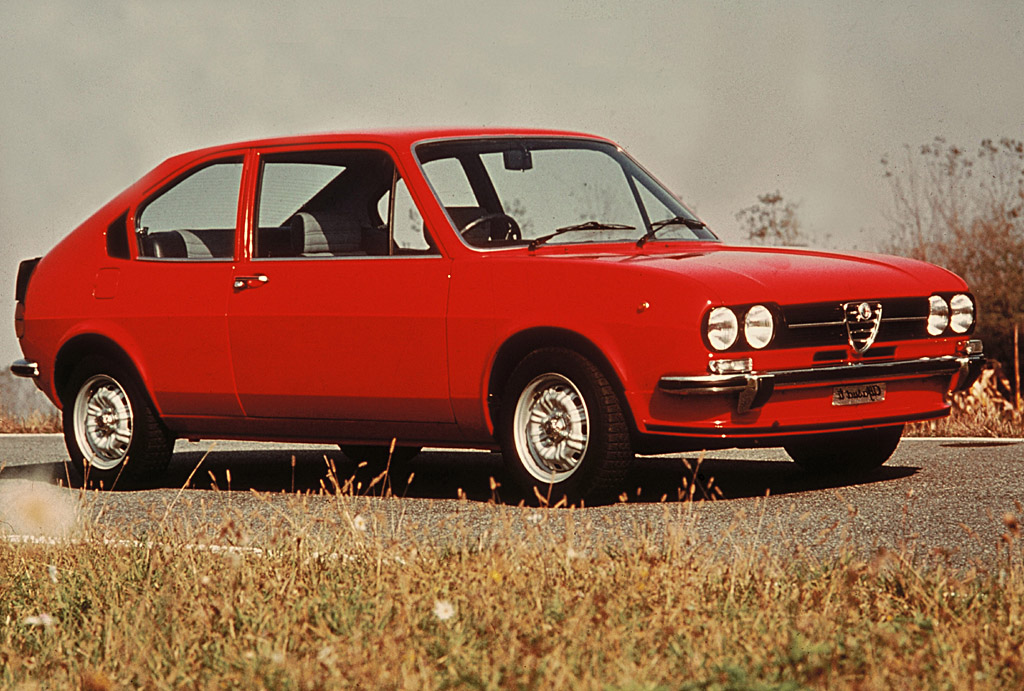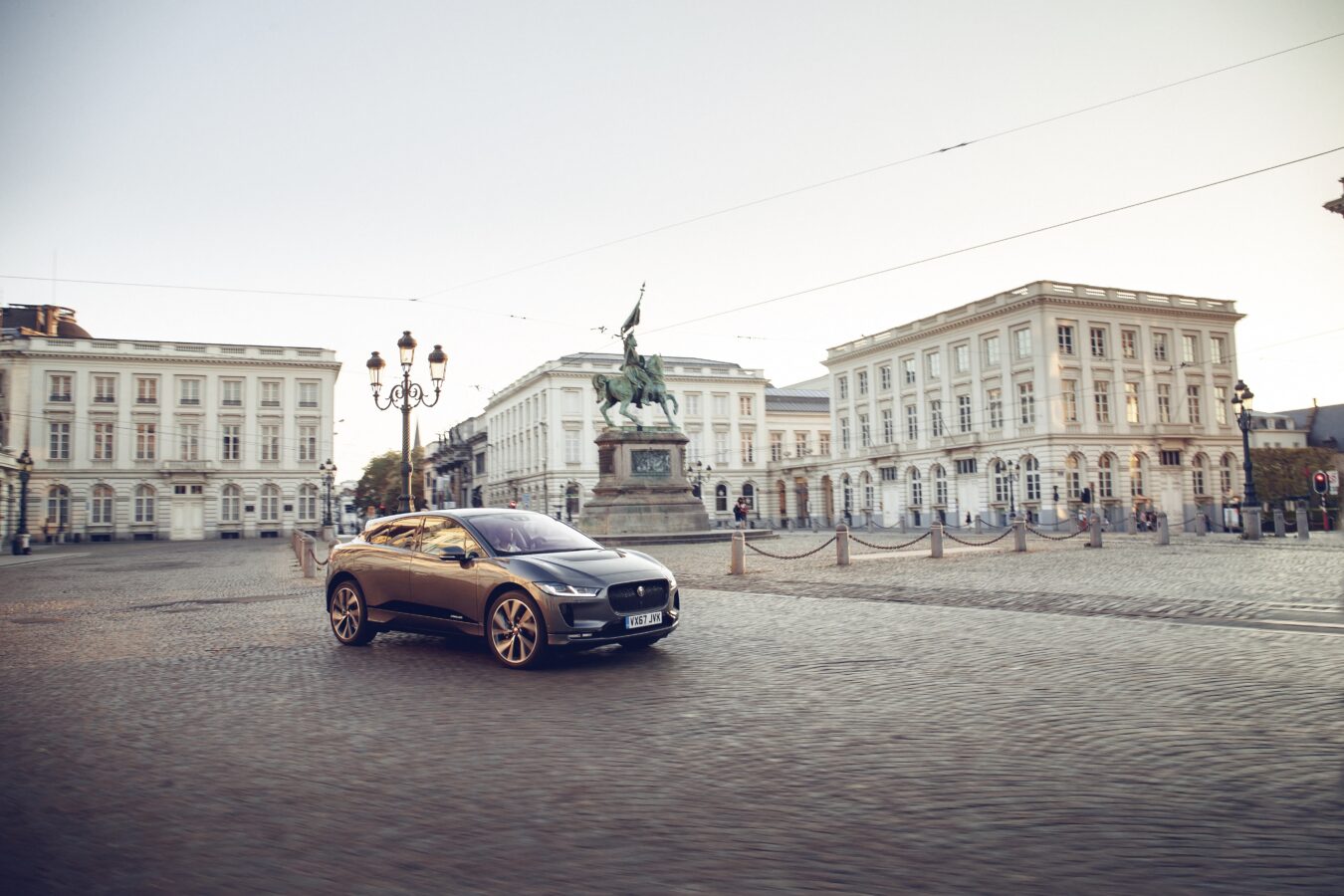
On 22nd October 1989 the Formula 1 Japanese Grand Prix decided the Drivers’ Championship in favour of Alain Prost. McLaren dominated that season with a 3.5-litre V10 engine, and this race became one of the most notorious in F1 history as the culmination of Alain Prost and Ayrton Senna’s tumultuous rivalry as team mates.
25 years on, lots of things have changed. Today’s famous rivalry is between Lewis Hamilton and Nico Rosberg, McLaren’s 1.6-litre turbocharged V6 engines are definitely not dominating, and racing has begun to make peace with the environment with the start of the new FIA Formula E – the first ever 100% electric championship.

The first Grand Prix of what is already being referred to as ‘the electric F1’ took place in Beijing on 13 September, and will be followed by another nine one-hour races in cities around the world, with the finale on a street circuit in London in June 2015.
Despite the common belief that going electric means compromising on power, the battery-powered engines can provide up to 270bhp (200Kw), reaching maximum speeds over 135mph (220Km/h) and an acceleration from 0 to 60mph (100Km/h) in 2.9 seconds.

Ten teams are competing in the first edition of this exciting championship, designed to appeal to a new generation of motorsport fans with a growing interest in electric vehicles, new technology and the culture of sustainability. The ten teams will be competing with 20 identical Renault Spark SRT-01, meaning that race strategy and the individual drivers’ skills will be fundamental.
But among so much innovation, some old-racing-days tradition appears. In between several well-known names – of the likes of Montagny, Heidfeld, Buemi and Trully – there are three surnames that resonate stronger than the others: Senna, Prost and Piquet.

Obviously they’re not the same drivers that became famous for their legendary disputes 25 years ago, but their heirs: Bruno Senna (Ayrton’s nephew), Nicolas Prost (Alain’s son) and Nelson Piquet, named after his father who swiped the title from Carlos Reutemann in the final race of the 1981 Formula 1 season by just one point.
No chance for their ancestors’ to prolong their duels is Formula 1, but the Formula E gives these three the opportunity to do so, and adds another focus of interest to this brand-new, well-thought-through championship.
But there’s more. Have you ever taken the side of a given driver? Ever considered the turn of events unfair? Ever wanted to change or influence the result somehow? Well now you can. Or, at least, you can help your favourite driver by giving him (or her!) a boost.

Through the Formula E ‘Interactive Fan Boost’, fans can choose their favourite driver before each race. The top three drivers with the most votes will each receive one boost, temporarily increasing their car’s power to the full 270bhp (200kW), up from the electronic limit of 180bhp (133kW), and thus enhancing their chances of overtaking.
It gets the public as involved as possible, and means that fans could potentially boost a driver to victory.
So there you have it: ‘the power of the fan’. That ‘fan approach’ that we at Performance live by and have at the front of our mind in everything we do. Right there, in all its glory.
Technology has evolved, fans have evolved and we have of course adapted the way we communicate with them. Our whole industry has evolved to follow the fan. And now motor racing is evolving as well in the same direction.
The result? In addition to the 75,000 spectators that attended the Beijing GP at the Bird’s Nest Olympic Stadium and the estimated 40 million viewers that watched the race on TV, there were billions who spoke about it on various digital platforms, and counting.
So what more could a motorsport fan ask for? They have technology, sustainability, tradition, gossip, speed, drama, iconic circuits, experienced drivers, new talent and the possibility to get involved and influence the result. Maybe the only thing missing will be the noise. That famous noise that most motorsport fans are in love with.
At only 80dB (roughly 10dB more than a standard car) the Formula E single-seaters can’t certainly compete with the whopping (and over the threshold of pain) 145dB of the old V8s, or even with the controversial 134dB of this season’s F1 V6 turbos.
But then, you know what they say: evolve or die.

















